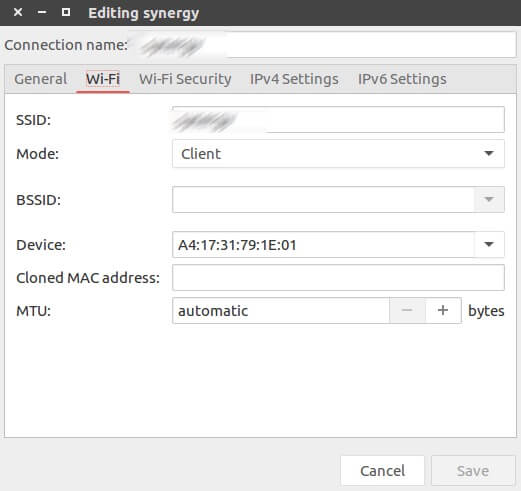

The ping command just repeats forever until you press CTRL + C to stop it. In general, the further away the machine is (or the slower the network it’s connected to), the higher the ping times will be. The items of particular interest are the IP address (which is the dotted decimal address in four parts that identifies a machine on the network) and the response time in milliseconds, which is how long the ping took to complete. Something akin to the following should be displayed: Use the Ping command in Terminal to see all the devices present on your local network Just type ping (and hit Enter) or any other website address and you should see some results appear that indicate the website (or individual server) is responding. Once Terminal is open, you can try out the ping command by typing an example at the command prompt. The first thing to do is open Terminal from within the Applications -> Utilities folder, or just type Terminal into Spotlight ( CMD + SPACEBAR) and click on the icon when it’s found. But these approaches require extension installation or a prompt from the user, so they wouldn't work for collecting all the visitors’ MAC addresses in background.How to My IP Check ? | Location | Blacklist IP Address | Best IP Checker Website #Shorts
Local network mac address lookup code#

The original IEEE 802 MAC address is derived from the original Xerox Ethernet addressing scheme.It may also be referred to as an EHA (Ethernet hardware address), hardware address or physical address, unlike a programmed address, in which the host device issues commands to the NIC so as to use an arbitrary address. In that event, a MAC address usually encodes the manufacturer's registered identification number and could be called the burned-in address (BIA). The manufacturer of a network interface controller (NIC) assigns MAC addresses which are stored in its hardware, such as a card's read-only memory or other firmware.

More sophisticated network devices such as routers and multilayer switches could even require several permanent MAC addresses. A network node may have a few network interface controllers (NICs), and each of them will have its own unique MAC address.Thus, MAC addresses will be used in one of the sublayers of the medium access control protocol. For the majority of IEEE 802 network technologies, including Ethernet and Wi-Fi, MAC addresses function as network addresses. It’s an identifier communicating at the data link layer of a specific network segment. A device’s MAC address (Media Access Control address) is a unique sequence of numbers assigned to a network interface controller.


 0 kommentar(er)
0 kommentar(er)
